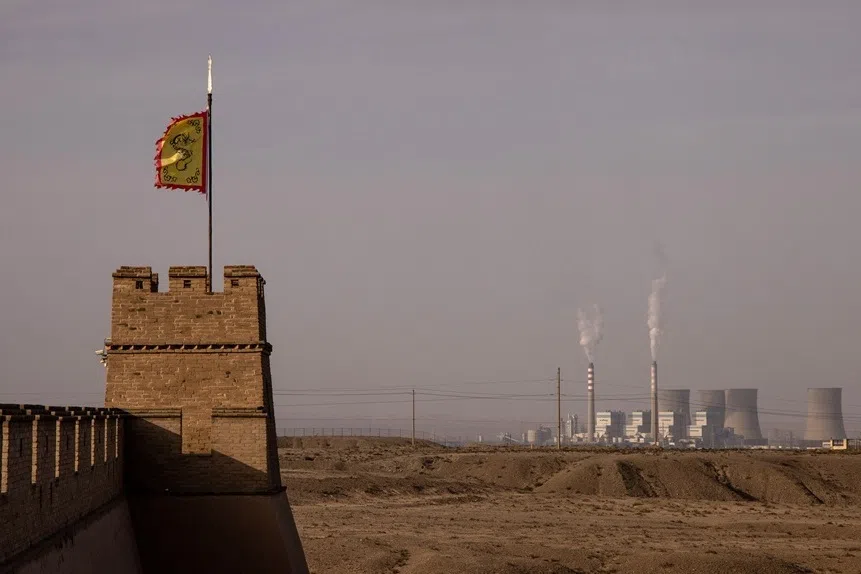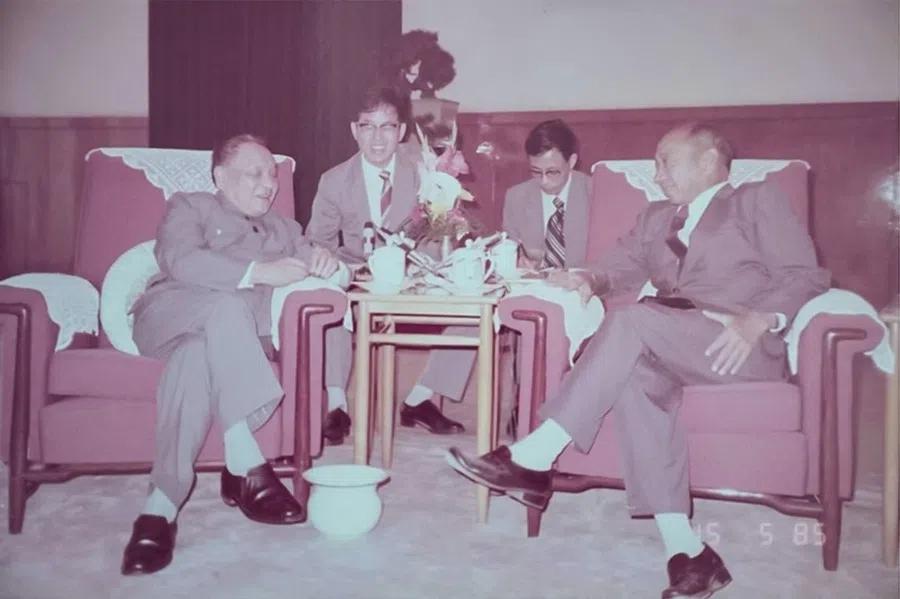Huawei aims to pull ahead of Tesla in autonomous driving race
The prospect of driverless cars on the roads still seems futuristic, but the potential rewards are too enticing to ignore. The entry of Huawei into the field with its recently launched luxury electric SUV means that competition in the sector is going to get fierce.
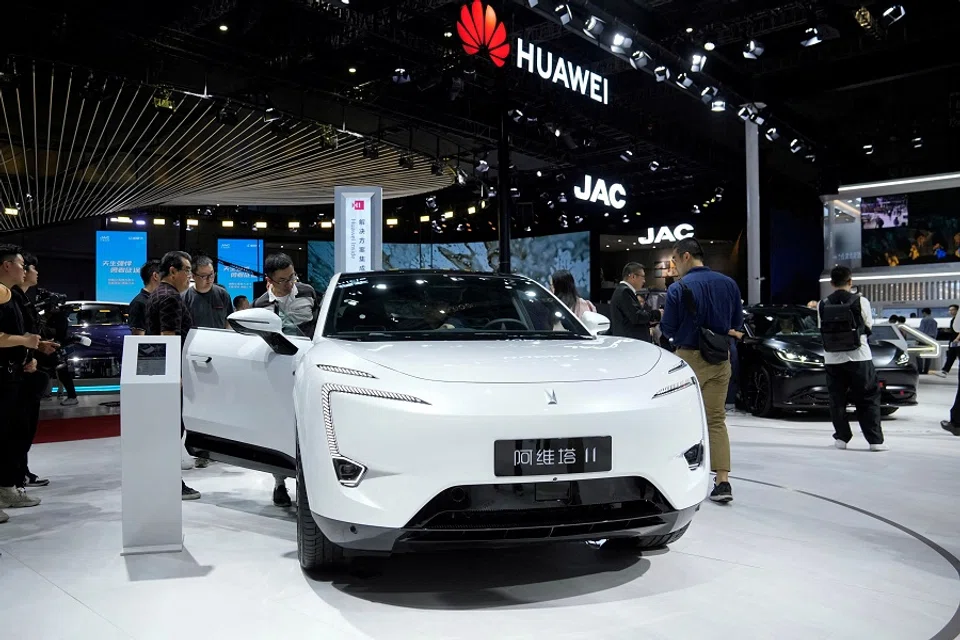
(By Caixin journalists An Limin and Denise Jia)
The race to be first to develop a self-driving car and corner a potentially vast market is heating up and the starting grid is getting busy.
Huawei Technologies Co. Ltd. entered the contest when it announced in November a new venture focusing on intelligent car systems and components. The telecom equipment giant, which recently launched a luxury electric SUV, aims to be a world-class intelligent driving leader.
Meanwhile, dozens of local and global carmakers, startups and tech giants are developing and testing autonomous vehicles in the world's largest auto market, including market leader Tesla Inc.
Autonomous driving technology first went on public display in March 2004, in a US$1 million challenge sponsored by the US Department of Defense's research arm, Defense Advanced Research Projects Agency. Fifteen robotic vehicles lined up to cross 142 miles (228.5 kilometres) of treacherous Californian terrain within ten hours, but despite heroic efforts - and after some dramatic crashes - none lasted the course.
Now, nearly two decades on, the prospect of driverless cars on the roads still seems futuristic, but the potential rewards are too enticing to ignore.
Intelligent driving is like the "pearl in the crown" with a trillion RMB of potential revenue, said Wu Gansha, co-founder and chief executive of Uisee Technology Ltd., a driverless solution startup, at a recent forum.
The evolution of artificial intelligence (AI) technology indicates that autonomous driving will be a competition of data and computing power.
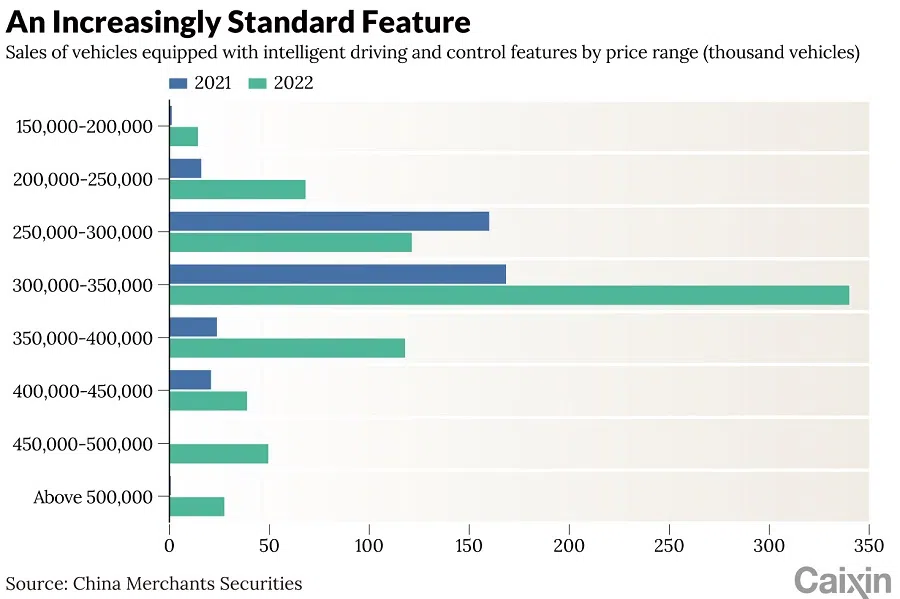
China has the potential to become the world's largest market for autonomous vehicles, with total sales predicted to hit US$230 billion by 2030, according to a report from global consulting firm McKinsey & Co.
The entry of Huawei into the field means that competition in the sector is going to get fierce.
The evolution of artificial intelligence (AI) technology indicates that autonomous driving will be a competition of data and computing power. Only those with the talent and deep enough pockets can win the competition, a person close to Huawei said. Not many companies meet those two conditions.
Developers of autonomous driving technologies must strike a balance between cost, product performance and safety, which makes it hard for them to come up with differentiated products, said an executive at one the competing companies. In the long run, the sector will gradually converge, just as only Apple Inc.'s iOS and Google LLC's Android are left in mobile phone operating systems, the executive added.
Teaming up or going it alone
Before the landscape becomes clearer, more and more players are rushing to jump on the bandwagon.
When Huawei announced plans for its new venture, it said that the company would be open to investment from its auto partners and other carmakers with strategic value. A number of companies have expressed interest.
As the race heats up, carmakers have two options: either develop an autonomous vehicle themselves or form alliances with suppliers.
Seres Group Co. Ltd., which develops electric SUVs - the Aito M7 and M9 - with Huawei, said that it had been invited to invest in the new company and is "actively engaged in discussions related to investment and cooperation".
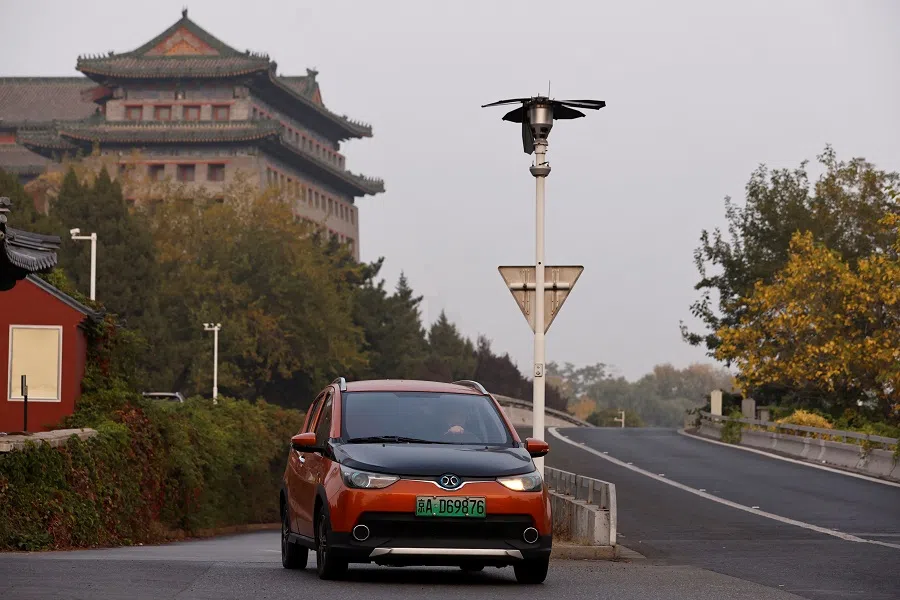
Anhui Jianghuai Automobile Group Corp. Ltd., another Huawei partner, said that it will be discussing a potential investment in the venture with Huawei, while state-owned giant BAIC Motor Corp. Ltd., is also considering an investment, a source close to the auto group told Caixin.
As the race heats up, carmakers have two options: either develop an autonomous vehicle themselves or form alliances with suppliers.
In the early days most chose the first. Partnering with a third-party company like Huawei on autonomous driving technology is not acceptable for SAIC Motor Corp. Ltd., said its chair Chen Hong in 2021 at the company's shareholder meeting. "It's like a company providing us with a complete solution so that it becomes the soul and SAIC becomes the body. Such a result is unacceptable to SAIC, and we want to take the soul into our own hands," he added.
New-energy vehicle (NEV) manufacturers such as Li Auto Inc. and BYD Co. Ltd. are also developing their own autonomous driving technology.
But many companies have gradually come to realise that this approach is like a "bottomless money pit", requiring high-level technical talent and endless hardware investment. Volkswagen AG is an example of this. It has invested heavily in automotive software development, but the results have fallen short of ideal, a technical executive at an automaker told Caixin. "Money is certainly not a problem for Volkswagen, but it has no relevant talent and development experience," the executive said.
Huawei's biggest advantage lies in the fact that the company has the capacity to develop both software, such as algorithms, and hardware including smart driving chips and sensors...

Alliances and joint development with suppliers seem a more realistic choice. Huawei's new company could provide a reciprocal research and development platform for carmakers, especially those that lack both the capital and talent to develop their own smart driving systems, according to one industry insider.
Huawei's biggest advantage lies in the fact that the company has the capacity to develop both software, such as algorithms, and hardware including smart driving chips and sensors, the company said.
Taking on Tesla
Huawei's alliances are also a response to competition from Tesla, several industry participants told Caixin.
Tesla introduced its semi-autopilot feature in late 2015, which enabled hands-free control for highway driving. Since 2020, Tesla started to offer Full Self-Driving (FSD) features to certain users. As of the end of 2022, this feature was installed in about 400,000 Tesla cars in the US.
Tesla plans to deploy its FSD features in the Chinese market, local media reported, although there is no exact timetable for this and Tesla did not respond to Caixin's inquiry.
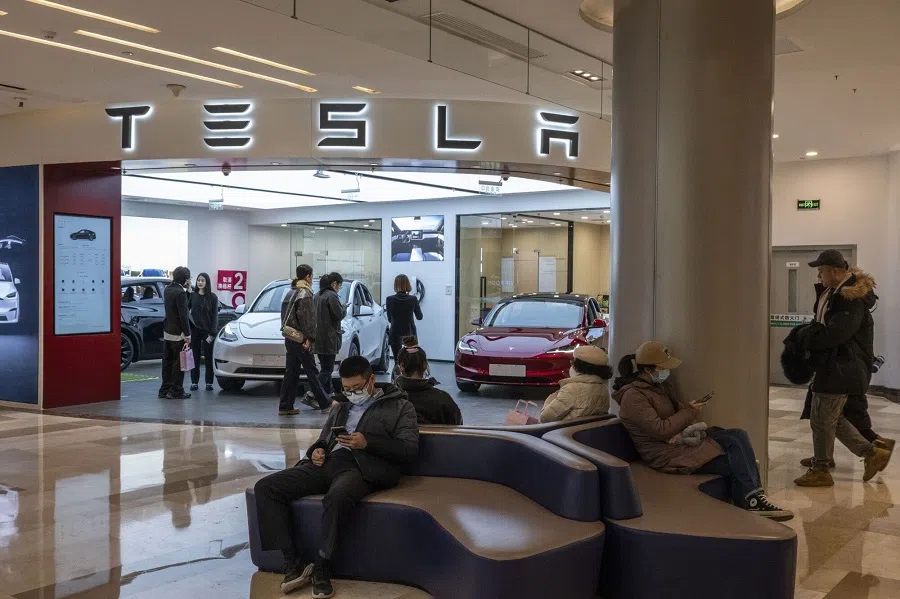
Even though Huawei and another local NEV-maker XPeng's autonomous driving efforts have been in the lead in China, their progress still lags far behind Tesla. Liu Langechuan, former head of XPeng's autonomous driving, said that many Chinese companies are trying to follow Tesla's direction in autonomous driving technology.
Unlike most autonomous vehicles that use lidar or radar sensors to detect distance, Tesla's FSD feature uses inputs from cameras mounted on the vehicle to build a model of the surrounding area. The computer installed in the vehicle is designed to use this input, rapidly process neural networks, and make driving decisions.
Tesla launched its latest version of the FSD on 28 December, marking the first application of end-to-end AI in its self-driving software. This means that everything, from image capture and processing, to driving decisions and applying controls, is managed by neural networks. The software can learn from the driving experience in the same way humans can.
On a livestream in August, Elon Musk demonstrated the FSD feature's capability in a 45-minute test drive in Palo Alto, California. Musk believes that FSD's advanced computer power and training capabilities could eventually lead to self-driving cars that are not just as good as humans, but substantially better.
The original idea in automatic driving was to break down complex problems into several modules to solve them separately, and then synthesise them into a result, Liu said.
Tesla uses Dojo supercomputers to process the driving data from its cars on the road to train its fleet of autonomous vehicles. Tesla estimates that the Dojo will be in the top five most powerful supercomputers in the world by the end of this month.
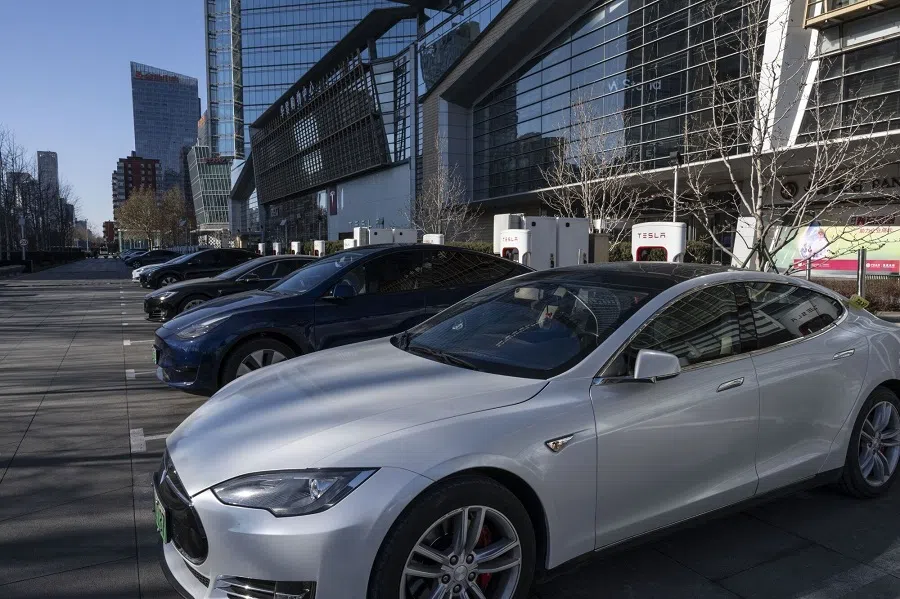
In actual operation, there will be information loss between each module, and the final integrated output decision may be flawed and cannot deal with the complex and constantly changing real traffic conditions, he said. But the end-to-end AI approach breaks these module boundaries and provides potential to achieve higher levels of autonomous driving, Liu added.
Tesla's approach is not easy to follow, however. Like the generative AI tool ChatGPT, the end-to-end autonomous driving model training has high requirements for computing power and data scale and quality, such as more corner cases, which are sets of high-risk data in machine learning that could lead to incorrect and unexpected behaviors, said Ai Rui, vice-president of Haomo AI Technology Co. Ltd., a Beijing-based startup. For example, in an actual traffic scenario, the vehicle needs to avoid many obstacles, but it can drive through willow branches hanging from a tree, Ai said. If the autonomous driving system lacks such "common sense", it will behave irrationally, he said.
Tesla uses Dojo supercomputers to process the driving data from its cars on the road to train its fleet of autonomous vehicles. Tesla estimates that the Dojo will be in the top five most powerful supercomputers in the world by the end of this month. The company's goal is to effectively process the large amount of data captured from real-life situations in more than four million Tesla vehicles.
Both in terms of technology development and business model, the best application for automatic driving is thought to be the driverless taxi.
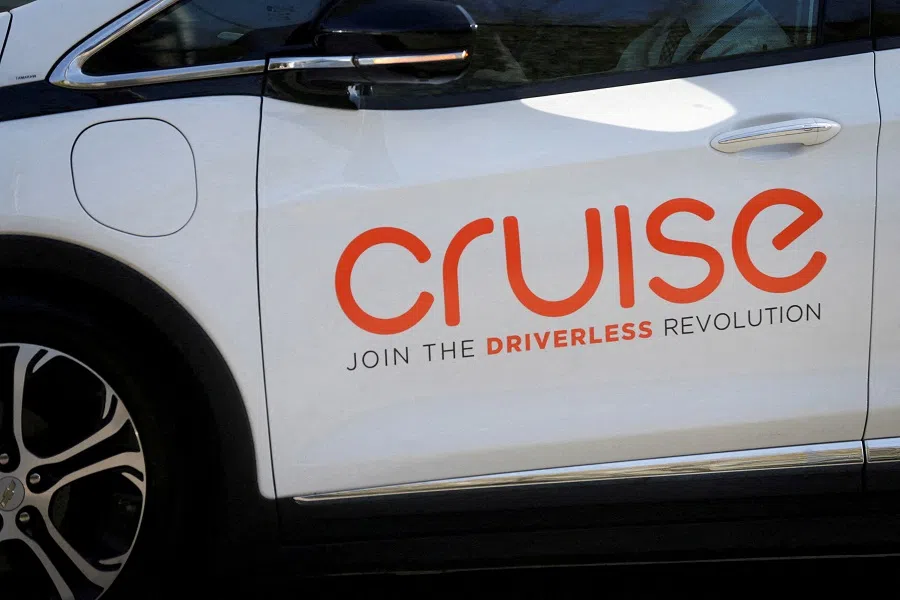
A recent accident involving a General Motor's Cruise driverless robotaxi raised concerns over the safety issue of automatic driving. A 2 October accident in California in which a Cruise robotaxi dragged a pedestrian 20 feet after she had been being struck by another vehicle. The California Department of Motor Vehicles barred all Cruise self-driving vehicles from public roads and the company faces US$1.5 million in fines and additional sanctions for allegedly covering up the severity of the accident.
Although the Cruise accident is a setback for the automatic driving industry, nobody can deny the value and potential disruption that driverless vehicles will bring to the motor industry, an auto technical executive said.
This article was first published by Caixin Global as "In-Depth: Huawei Aims to Pull Ahead of Tesla in Autonomous Driving Race". Caixin Global is one of the most respected sources for macroeconomic, financial and business news and information about China.

